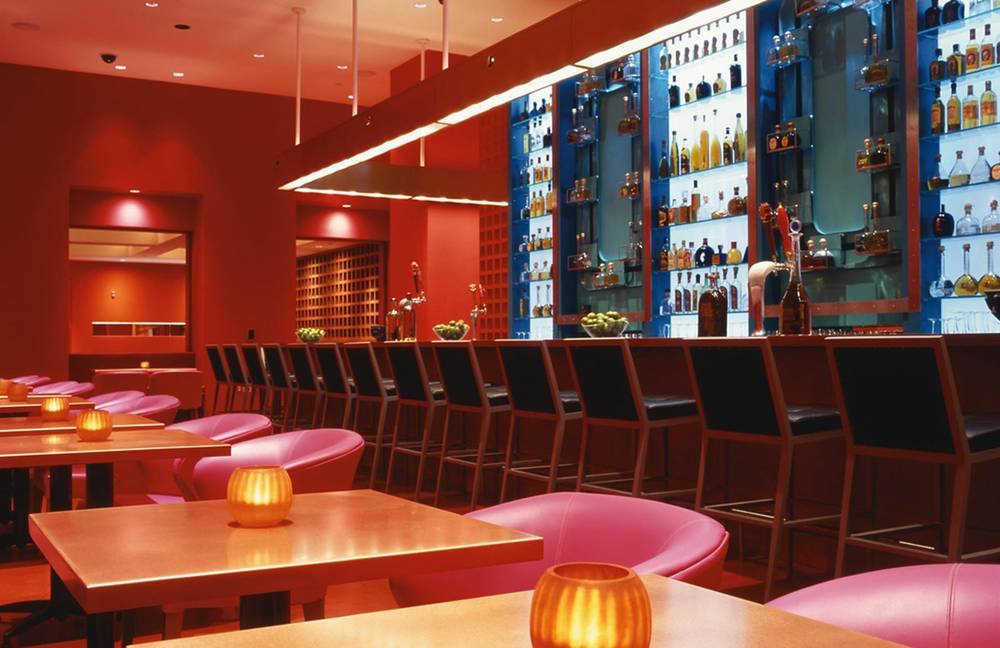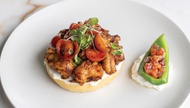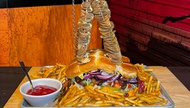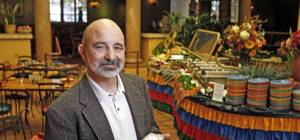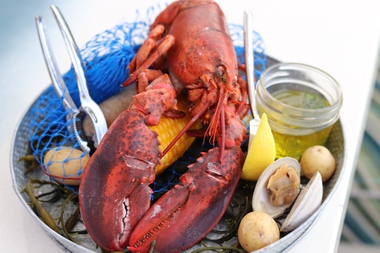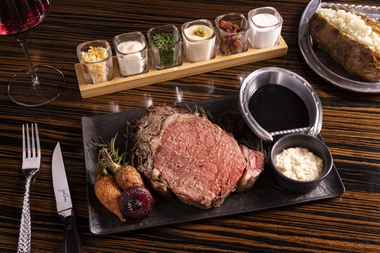There’s no question that Mexican food is one of the most loved and frequently consumed cuisines across the country. Las Vegas loves its Mexican food, too, whether you’re talking locals or tourists. Our streets are lined with cheap and authentic taco shops, fast “fresh-Mex” franchises and full-service, family-friendly restaurants where chips and salsa flow freely and everything comes with a side of rice and beans.
Despite this abundance, something is lacking here. The Vegas standard dictates that the most elevated dining experience and the best version of any type of cuisine will be found on the Strip. That’s not necessarily the case with Mexican food, and that’s because the upscale version of these restaurants isn’t doing very well. In fact, it's being phased out.
The once-brilliant Isla from acclaimed international chef and restaurateur Richard Sandoval was closed to make way for a casual seafood restaurant at Treasure Island. The Palms erased Garduño’s in favor of a fancy sports bar. After a turbulent run at Palazzo, Dos Caminos took another turn at bat in Summerlin—substituting for the very similar Agave after it ran out of gas—and struck out for the second time. Most recently, MGM Grand announced it’s closing Diego this month, though officials have said it will be replaced by a different Mexican restaurant.
The average local may not hit the Strip frequently to experience these grand, expensive restaurants, but they’re very important to the continuing evolution of the overall dining scene. Now there are precious few upscale Mexican restaurants left. Border Grill soldiers on at Mandalay Bay, widely considered the best in the city. Underrated eats exist at T&T at Luxor (another Sandoval restaurant) and Taqueria Cañonita in the Venetian’s Grand Canal Shoppes.
Despite its vastness, there is no Mexican restaurant at Caesars Palace, unless you count La Salsa at the Forum Shops. Cosmopolitan has half of one, José Andrés’ China Poblano. Wynn? Not a chance. Downtown, there’s La Comida. But it’s a very casual place, which seems to help attract suburban traffic—no easy feat.
Casino resorts are using a different approach, sticking to margarita fun-time spots like Carlos N’ Charlie’s (Flamingo), Hussong’s (Mandalay Place), Diablo’s (Monte Carlo), and Señor Frog’s (TI). And locals? We’re eating lots of lunches at those familiar chains and taking the kids to places like Ricardo’s.
Bob Ansara, owner of Ricardo’s, has some insight into the upscale Mexican restaurant dilemma. Today there’s only one Ricardo’s restaurant, on Flamingo and Decatur, but Ansara and his family and staff have operated multiple locations through the years, starting in 1978. From 1997 to 2003, there was a Ricardo’s in the MGM Grand, exactly where the Diego space is about to be remodeled.
“When MGM Grand was first built in 1993, I begged them to let us in,” Ansara says. “But those were the days they were courting (famous chefs) Mark Miller and Wolfgang Puck and Charlie Trotter. They didn’t say it, but the message was Run along. We want something more upscale.
“Fast-forward to 1996, after the property had gone through a few evolutions and the message was different. They were looking for a down-and-dirty Mexican restaurant that could provide a family-friendly environment and satisfy people who want North American-style Mexican food. We were very successful and had a great time there.”
MGM eventually bought out Ricardo’s contract so the resort could go in a different direction, and Diego was created. That was about 10 years ago. Maybe the era of the fancy, stylish Mexican restaurant has just come and gone, but there seems to be more to it than that.
“My opinion, as a longtime guy in this business who’s mashed a lot of beans in his life, is that one of the major appeal factors of Mexican food is that it’s approachable,” Ansara says. “In it’s purest form, it’s a peasant food. Certainly there is upscale Mexican food in Mexico, but by and large the flavors and ingredients are earthy and rustic. A lot of the meats used are considered second-grade cuts, or organ meats—byproducts.” The perceived simplicity of the cuisine makes it difficult to upscale the experience.
Las Vegas diners appear to be uninterested in spending more money on a Mexican meal, no matter how lovely the restaurant may be or how creative the ingredients and flavors might get. This is not the case in other cities, but maybe New York and Chicago don’t have the volume of affordable options that we enjoy.
That doesn’t mean Vegas will never get another great Mexican restaurant, but it may mean we don’t really want one. “I don’t know if it translates in a commercial environment long-term,” Ansara says. “At the MGM, we treated the hotel guests just like we do in our own neighborhood. The menu was only slightly more expensive because of the costs of doing business there. We didn’t start selling lobster ceviche instead of burritos all of a sudden, and that’s why we were successful.”
